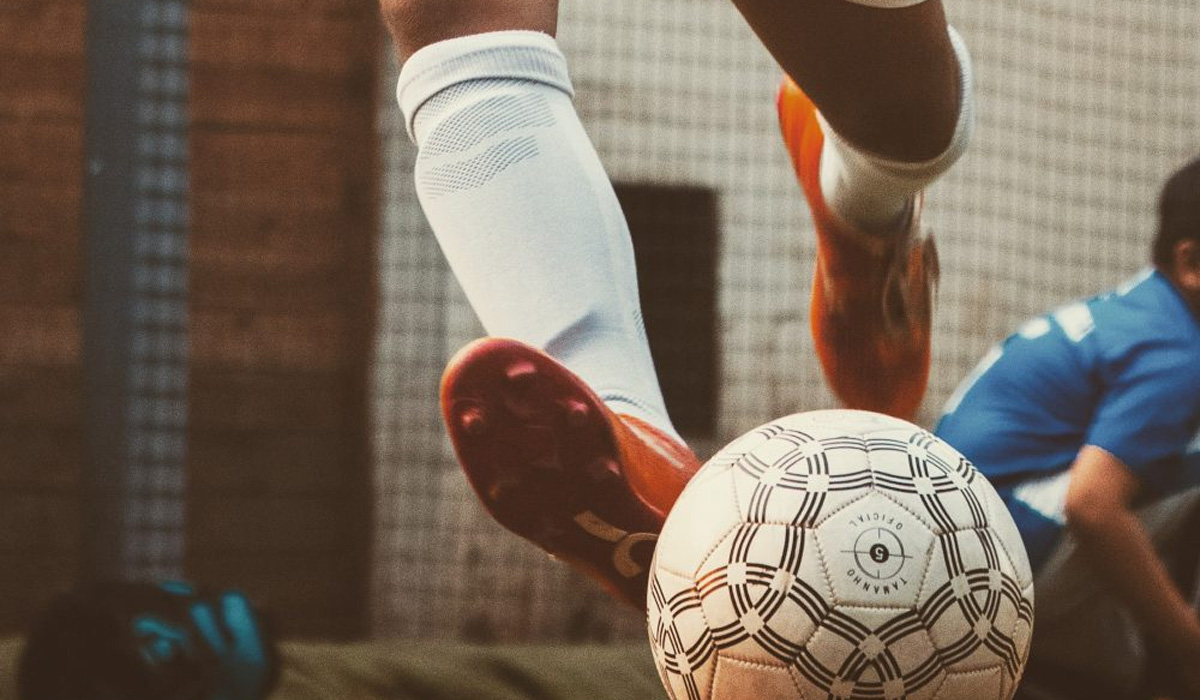The ‘high ankle sprain’ AKA ‘Syndesmosis injuries’
Everyone has known someone to ‘roll’ their ankle. Generally this is a twisting motion of the foot and damages the structures to the outer ankle, known as the lateral ligament complex. Ankle injuries involving excessive external rotation and/or dorsiflexion (toes up to shin and ankle twisting inwards) can disrupt the syndesmosis complex (pictured below). The syndesmosis is a fibrous tissue joining the shin bone with the fibular its primary role is to aid stability around the distal part of the ankle, as well as providing shock absorption when we run and jump. The syndesmosis is made up of 4 ligaments and is fundamental for good ankle function.
Tell tale signs you have a syndesmosis injury not a ‘lateral ligament’ injury!
It’s important you do not miss or confuse a syndesmosis injury with a normal ankle sprain. Early rehabilitation differs greatly and can lead to chronic issues if not managed appropriately.
The key things to remember if questioning a syndesmosis:
- The mechanism of injury: Hyper-dorsiflexion or forceful external rotation.
- The swelling pattern is above the ankle joint not laterally and below.
- Pain increases with walking or weight-bearing that can be reduced by squeezing the lower leg bones together.
- Pain increases with dorsiflexion, but can be eased with compression of the tibia and fibular junction
How long does syndesmosis take to heal?
- Syndesmosis injuries generally involve a period of immobilisation for 4-6 weeks depending on severity. (Yes that means a moon boot!)
- Following this we allow a further 6-12 weeks for a full recovery.
- These injuries are much slower than your normal ankle sprain.
- Higher grade sprains involving large seperation will need a surgical review and prolonged immobilisation this can increase the recovery to 3-6 months.
What causes syndesmosis?
- The foot is forcefully pushed up and then twisted out
- The is plantar flexed and rotatedBoth these positions pose a threat and create a force which widens the joint and can disrupt the ligament complex.
Do I need imaging?
Imaging can be an important part of creating an overall management plan. Either a weight bearing plain x-ray or an MRI can be used to diagnose a high ankle sprain.
What does my recovery of a syndesmosis look like?
Grade I
- Minimal swelling pattern.
- Patient can walk pain free.
- Pain with palpation and testing.
- Mild sprain= Boot till pain free 1-2 weeks and wean to brace for 2 weeks.
= No early stretching into dorsiflexion.
= Maintain calf and ankle strength.
= return to sport 3-5 weeks.
Grade II
- Large disruption of ligament complex.
- Patient cannot weight bear and walking is diffcult.
- Large bruising over high ankle.
- Positive ligament testing,= Boot 6 weeks
= Maintain calf complex strength from 2 weeks
= 6-12 weeks Functional rehab and wean off boot. May need brace in interim.
Grade III
- Full rupture of syndesmosis. Normally associated with fracture or dislocation.
- MRI completed.
- CAM BOOT – Non weight bearing on crutches.
- Orthopaedic review.
- Surgery to stabilise the joint= Recovery time = 3-6 months




